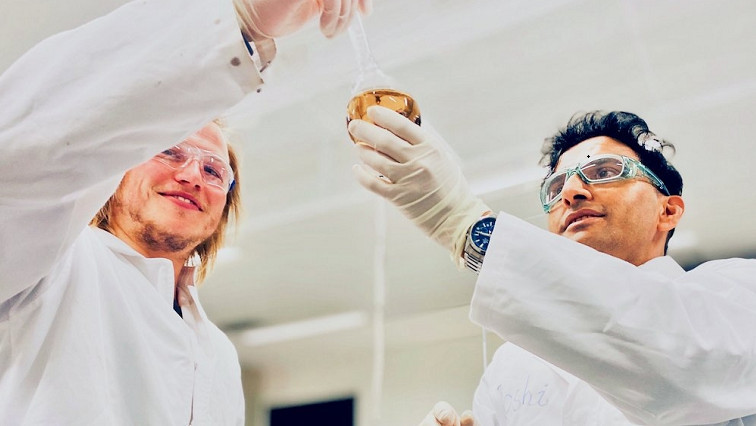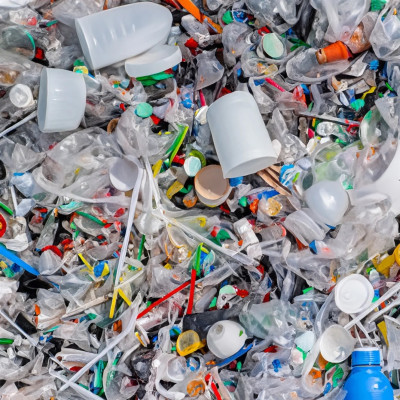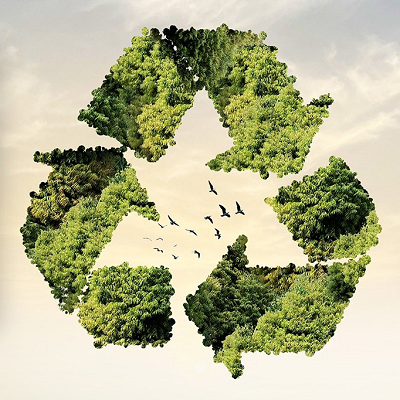Imagine scattering a big box of LEGO bricks on your living room floor. A few days later you come back, and they have magically formed nicely organised piles by themselves. A team of researchers at UNSW have observed something just like that, but under a very powerful microscope, not someone’s house, and looking at atoms, not toy bricks.
They observed this phenomenon on what they call a ‘wonder material’, graphene oxide (GO). The chemical compound is made up of a single layer of carbon atoms (in the LEGO analogy, the floor) with oxygen atoms attached (the LEGO bricks). Naturally, the oxygen atoms are attached to the graphene in a rather chaotic way. At elevated temperatures, however, the oxygen atoms form more organised structures – as it turns out, by themselves. This process of ‘self-organisation’ drastically improves various properties of GO – for example, its electrical conductivity gets better.
Graphene oxide is an extremely thin form of carbon that has shown promise as a material for filters that improve water quality and moisture control, and this new discovery further creates possible applications in energy storage, optoelectronics, biotechnology, and highly precise water filtration.
For the past 10 years researchers have assumed that this phenomenon existed but they could only demonstrate it in computational simulations. The pioneering research led by Dr. Rakesh Joshi at UNSW – published in the current issue of Materials Today – successfully observed it for the first time in real life, using cutting-edge electron microscopy. While common microscopes use light to create a magnified image, electron microscopes use electrons. With this type of microscope, it is possible to observe single atoms, by magnifying what you’re looking at by a factor of 1,000,000.
First author Tobias Foller, a PhD student in Dr Joshi’s group, says he first read about the temperature method that enhances the properties of GO without changing the chemical structure in a paper by researchers from Massachusetts Institute of Technology (MIT).
“I was immediately fascinated. Reading more, I noticed a significant amount of research was using this phenomenon to fine-tune the properties of GO for a wide range of possible applications. But none of these studies showed a direct observation of the mechanism – they assumed it was driving these enhancements, but didn’t actually demonstrate it.”
Mr Foller decided to start looking into the matter more closely.
While the first promising results began to form, Priyank Kumar – the first author on the MIT paper – joined UNSW as a Scientia Lecturer in Engineering, at just the right time to help see the experimental discovery through to the finish line.
“I was thrilled to see the first results that could finally give direct evidence to our previous work,” Dr Kumar, who also collaborated on the study published this month, says.
Read the original article on University of New South Wales (UNSW).







